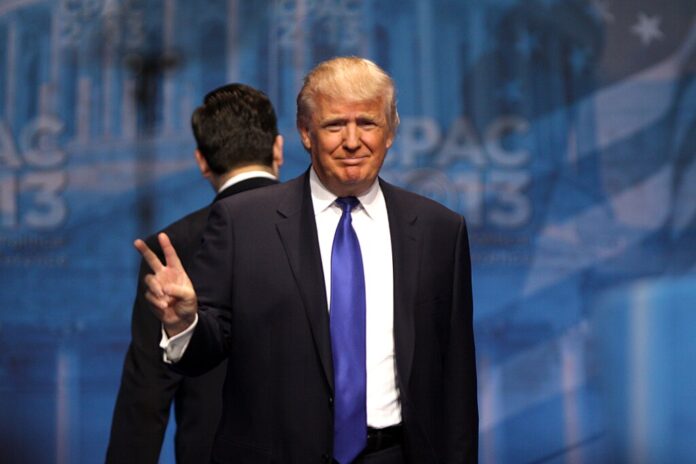The President sets August 1 as the new tariff deadline, warns nations to make deals or face higher rates
President Donald Trump launched a fresh wave of trade hostilities on Monday, unveiling new tariffs of up to 40% on imports from 14 countries, sending shockwaves through global markets and leaving America’s top trading partners scrambling.
In a flurry of executive orders and formal letters, Trump informed foreign leaders that goods from their nations will face steep new tariff rates starting August 1, unless new trade agreements are reached. While a prior deadline loomed for July 9, Trump said he would grant countries an extra three weeks to negotiate, though he added, “I would say firm, but not 100% firm.”
Japan and South Korea, America’s sixth- and seventh-largest trading partners, were the first to receive letters. Trump set a flat 25% tariff for both nations, sparking immediate diplomatic responses. South Korea’s President Lee Jae-myung and Japan’s Prime Minister Shigeru Ishiba have vowed to continue talks, with Tokyo expressing “deep regret” over the escalation.
Other countries targeted include Malaysia, Kazakhstan, South Africa, Myanmar, Laos, Tunisia, Bosnia and Herzegovina, Indonesia, Bangladesh, Serbia, Cambodia, and Thailand. Some, like Bosnia, were told to prepare for 30% tariffs, while Cambodia faces 36%, and others up to the full 40%.
Trump’s justification centres on “reciprocal tariffs”, a concept rooted in correcting trade imbalances. He accused these countries of contributing to large US trade deficits, citing policies that block or limit American exports. “If you want to avoid tariffs,” Trump advised, “build in the United States.”
Since April, goods from the affected nations faced temporary 10% tariffs. That figure will now skyrocket unless countries act swiftly. Trump stressed that the new tariffs are separate from existing industry-specific tariffs, such as the ongoing 25% auto import tax, and warned that retaliatory actions from foreign governments would trigger even higher rates.
The White House said sectoral tariffs will not be “stacked” with the new reciprocal ones, but businesses remain jittery. Toyota, Nissan, and Honda saw their US-listed shares plunge by 4%, 7.16%, and 3.86%, respectively, amid fears of additional duties.
Embed from Getty ImagesThe broader market also felt the sting. The S&P 500 dropped 0.79%, its worst daily performance in three weeks, while the Dow Jones shed 422 points, or 0.94%. The Nasdaq Composite slid 0.92%. Shares fell further throughout the day as Trump named more countries and escalated tariff rates.
The scope of the tariffs is enormous. The 14 countries collectively exported $465 billion in goods to the US last year, with Japan and South Korea alone accounting for over $280 billion. Top imports from these nations include cars, semiconductors, pharmaceuticals, auto parts, and machinery—many of which could soon be subject to cost hikes.
Some targeted countries hold strategic trade roles. South Africa, facing a 30% tariff, supplies nearly half of America’s platinum imports. Malaysia is the second-largest semiconductor exporter to the US, and Bangladesh, Cambodia, and Indonesia are major textile and apparel hubs.
The European Union, despite repeated Trump criticisms, was conspicuously absent from Monday’s tariff list. EU spokesperson Olof Gill confirmed no letter had been received, while Ireland’s foreign minister Simon Harris cautiously welcomed the extended deadline as a chance for fresh negotiations.
At a White House dinner Monday evening, Trump left the door open to tweaks. “These tariffs may be modified, upward or downward,” he told reporters. “Depending on our relationship.”
Critics warn the escalating trade war could raise consumer prices and fracture diplomatic ties. Supporters argue Trump is finally holding foreign nations accountable for trade practices that disadvantage American industries.
With the August 1 deadline looming and retaliation threats simmering, global leaders face a stark choice: deal or pay.
